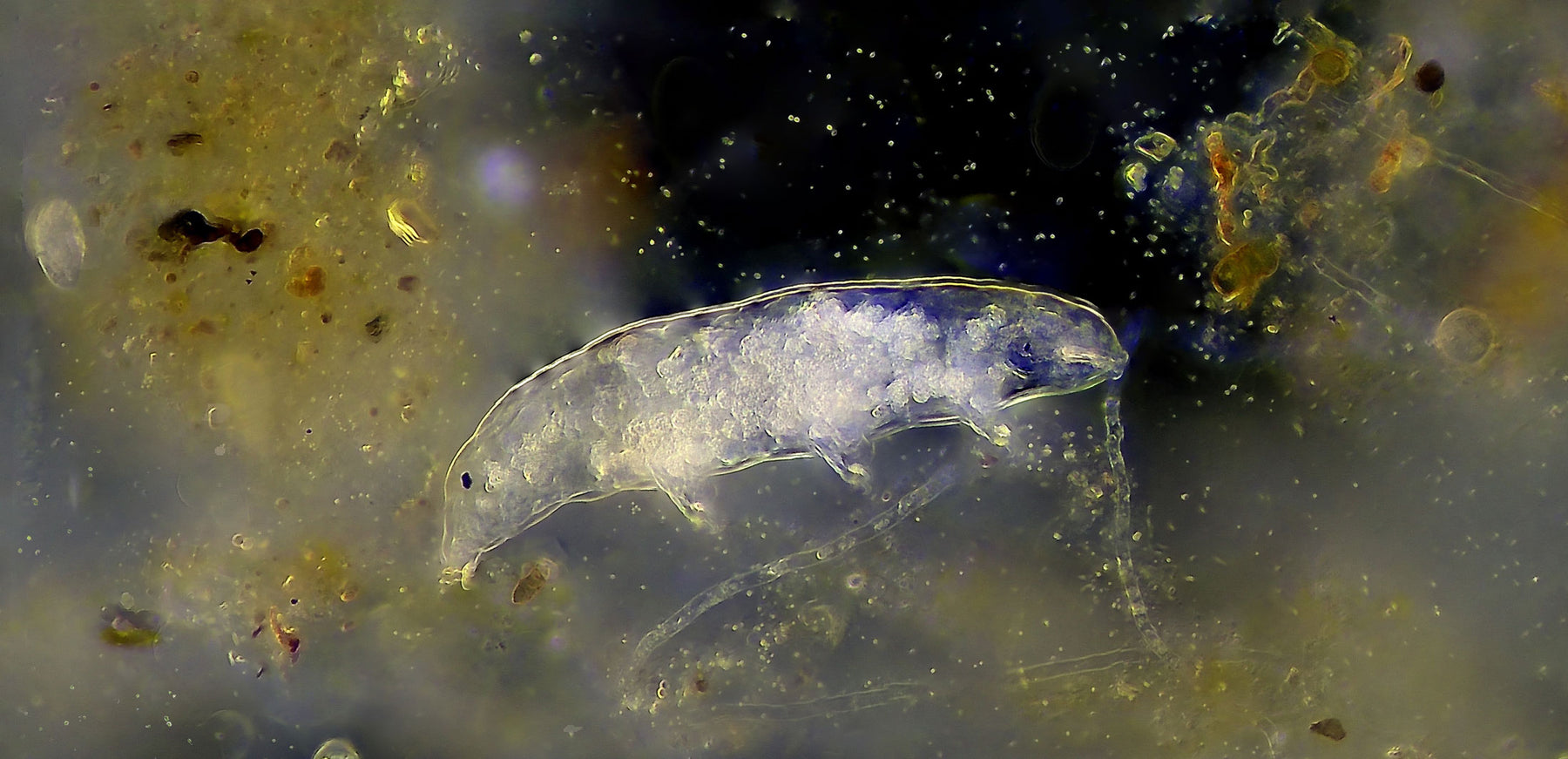
How and where to find tardigrades
Tardigrades (also known as ‘water bears’ or ‘moss piglets’) are some of the most fascinating and resilient organisms on the planet.
With their plump, teddy bear bodies, they are often described as ‘adorable’ or ‘cute’. And they’re all but indestructible, living in conditions that would kill virtually anything else.
They can survive almost anything, almost anywhere – searing lava fields, frozen wastelands, and even the vacuum of space.
But you can just as easily find them in parks, ponds or your very own backyard.
Finding your own tardigrade
While water bears are capable of surviving in almost any environment, they’re semi-aquatic and prefer to live in environments with a bit of moisture.
If you’re trying to find your own tardigrades, start with any damp leaf litter, moss or lichen near your house. You can also find them on submerged vegetation in ponds or on muddy surfaces.
If you’re struggling, check out some local parks or ponds.
A reliable approach
It can sometimes be difficult to find a tardigrade, even after you find their habitats.
To make your bear hunt a little easier, here’s one of the most reliable methods:
- Grab some moss or lichen and place your samples in paper (not plastic) bags to allow them to dry out a little bit.
- Once you’re home, put a little bit of each sample into shallow plastic containers. Any clear container will do – petri dishes, food containers, lids, etc.
- Fill the containers with non-tap water until the samples are submerged.
- Let your samples soak for a couple of hours or overnight. Soaking gives your water bears time to wake up from hibernation.
- Take a look at your new collection of tardigrades under your microscope (or magnifying glass, in a pinch)
You can either place your containers straight under a microscope (stereo or compound with a 4x objective) or transfer your tardigrades to a glass slide for an even closer look.
If you’re struggling to finding any tardigrades in your sample, try shaking or squeezing out your lichen/moss, or straining out the plant matter from the water.
For all their widespread presence on Earth, individual tardigrades can be quite elusive. Don’t be discouraged if you don’t find any on your first or second attempt. Sooner or later, you’ll find those 8 stubby legs and it’ll all be worth it.
